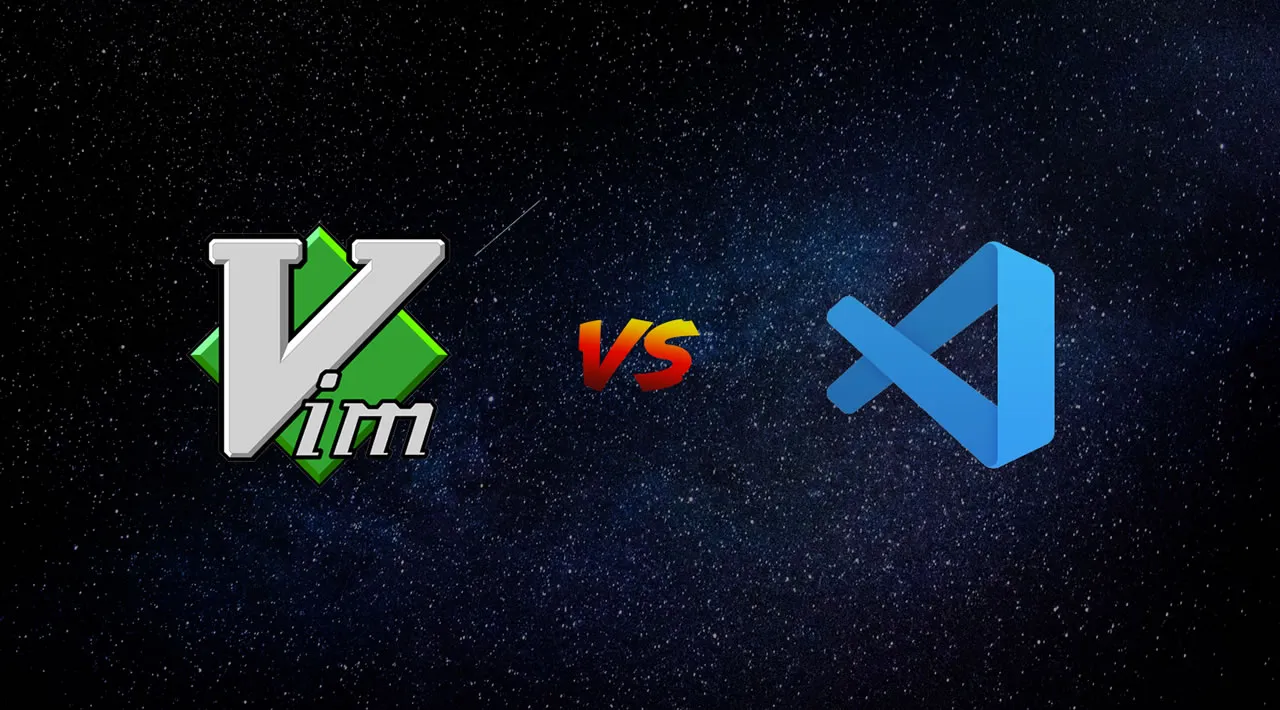VSCode and Vim are two of the most popular text editors/IDE. But which one do you choose?
VSCode is a great text editor/IDE, don’t get me wrong, but for me if you get too many extensions it will take a tremendous amount of time to load up and actually use it. This is why I use vim as my daily text editor/IDE.
Why use Vim?
Vim is a great text editor, which can be customized to your liking. This is only one of the many reasons to use vim. Others may include:
- Speed on startup
- Very light weight, which helps with the speed
- Speed, when using its keybinds (which we will be going over soon)
- Available on most, if not all systems
- Very popular among software developers.
- Great community
Vim does have some downsides though, such as the steep learning curve (which is exaggerated way too much), the way the interface looks, and other preferences.
The learning curve for vim is not as exaggerated as you may think. All you need is to get used to the movement keys and you will be on your merry way. But remember there are always new ways to move, delete, or highlight text.
The interface is a big part in the way I view a IDE/text editor. This is because if you don’t like the interface, then you will have a hard time actually getting work done. You can customize the layout of vim, but you will not get the buttons that are in VSCode and will have to use your keyboard for everything.
Keybinds
Ah, finally, the fun part, you will get to learn and get as fast as flash at vim.
Take notice on the case of the characters, they matter.
Use the following keybinds to search and exit files:
- :q| quit without saving
- :wq | quit with saving
- :q! | force quit (similar to when a program asks if you want to quit, but it will not prompt you to quit)
- / | search for whatever is after it, use n and N to go to the next or last word that is searched, respectively
Beginner Commands
As you are just getting started I would just use these keybinds:
- h | left (arrow key)
- j | down (arrow key)
- k | up (arrow key)
- l | right (arrow key)
- w | move forward a word
- b | move back a word
- e | move to the end of the word
- x | delete the current character and puts it into the clipboard
- d | deletes highlighted characters and puts them into the clipboard
- dd | delete the line and puts them into the clipboard
- u | undo the last command
- i | insert mode, the mode where you can type text
- v | highlights the character, then use the movement keys above to highlight more
- V | highlights line, then use movement keys above
- y | yanks the highlighted part to clipboard
- yy | yanks the line to the clipboard
- p | pastes the last thing in that was put in the clipboard
ESC| escape to normal mode, you can also useCtrl+[orCtrl+cwithout the<>
These are the ones I would recommend to start out with. They may look overwhelming but just play around and use them. Because that is the only way to get better.
#vim #vscode #programming #developer
